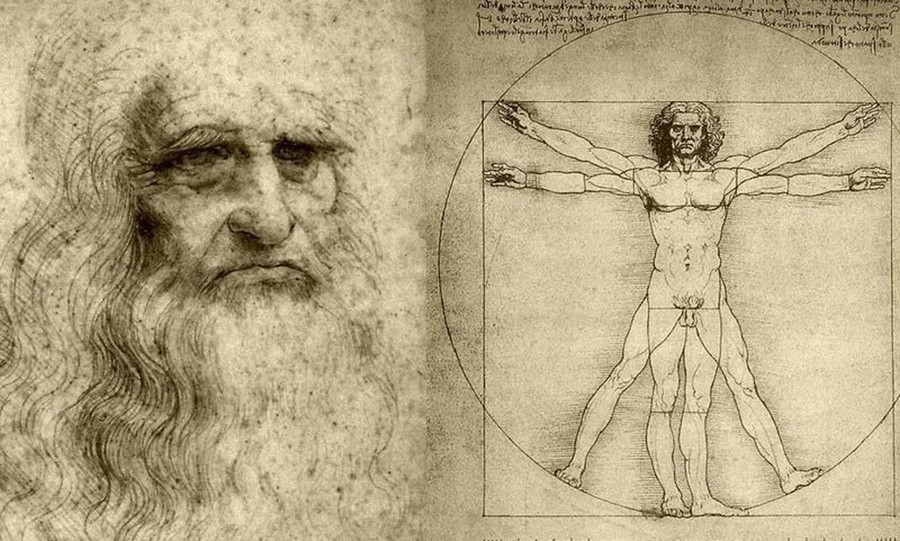The Hagia Sophia's Precarious Future: A Global Call for Preservation
The Hagia Sophia, an architectural marvel with a rich history, has once again taken center stage as Turkish historian Ilber Ortayli raises a red flag regarding its structural integrity. This iconic monument, situated in Istanbul, Turkey, has transitioned through various roles, from an Orthodox cathedral to an Ottoman mosque and later a museum. However, it is now functioning as a mosque once more, and its increased visitor traffic poses a significant risk to its preservation.
Ilber Ortayli's concerns stem from the sheer volume of visitors that the Hagia Sophia receives daily. Three million pilgrims and tourists flock to this historic site each year, a number that Ortayli considers unsustainable for its preservation. Even an annual attendance of 20–30 thousand individuals, including scholars, historians, archaeologists, religious representatives, politicians, and public officials, could, according to Ortayli, lead to irrevocable damage. As a result, Ortayli advocates for the immediate closure of the Hagia Sophia to initiate essential restoration efforts.
Ortayli's apprehensions extend to the alterations made to accommodate the Hagia Sophia's role as a mosque. He contends that facilities such as toilets and fountains, necessary for daily mosque operations, cannot be incorporated into this historically significant structure without jeopardizing its architectural integrity. The monument has been inundated with visitors since its reclassification as a mosque, with Turkish Minister of Tourism and Culture Mehmet Nuri Ersoy reporting a staggering 21 million visitors in just three years.
The transformation of the Hagia Sophia into a mosque has garnered worldwide attention and criticism. Its UNESCO World Heritage status, recognizing its historical and cultural importance, is at risk due to its altered function and the potential harm it faces. UNESCO has even indicated that it may revoke the Hagia Sophia's world heritage designation because of these concerns. This global recognition reinforces the notion that preservation of this monument transcends national boundaries; it is a collective responsibility.
Preservation: A Collective Responsibility
Preserving the Hagia Sophia is not just a matter of national pride; it is a global duty. This architectural masterpiece, with its profound artistic and historical significance, should be safeguarded for generations to come. Ortayli's warning underscores the urgency of taking immediate action to protect the Hagia Sophia from the looming threat of destruction.
As we reflect on the Hagia Sophia's uncertain future, we are reminded that cultural heritage transcends borders and ideologies. It is a testament to our shared human history and the importance of preserving our collective legacy. The Hagia Sophia stands as a symbol of our ability to come together to protect and cherish the treasures that bind us across time and space.
In conclusion, Ilber Ortayli's cautionary words serve as a stark reminder that the Hagia Sophia's preservation is not just a Turkish concern; it is a matter of global importance. The world must rally together to ensure the continued existence of this historical masterpiece, for it belongs not only to Istanbul or Turkey but to all of humanity.









